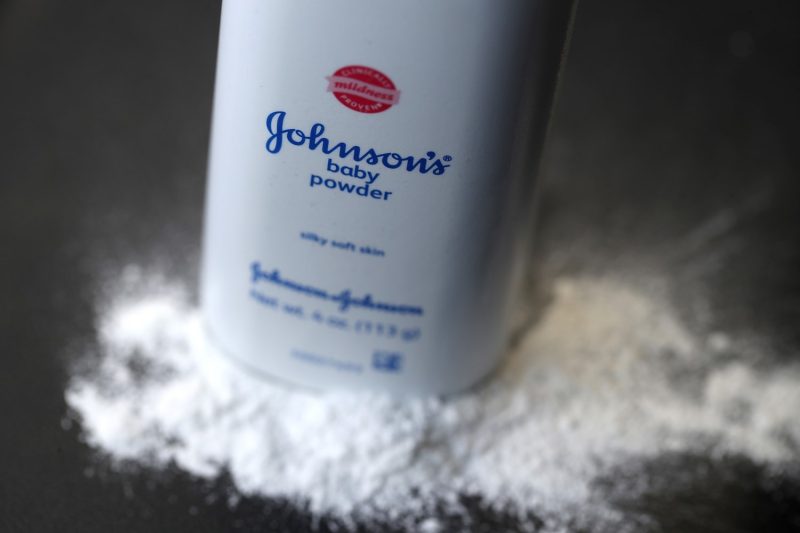Johnson & Johnson to Pay $6.5 Billion to Resolve Nearly All Talc Ovarian Cancer Lawsuits in U.S.
In a significant legal development, healthcare giant Johnson & Johnson has reached a landmark settlement of $6.5 billion to resolve the vast majority of the lawsuits linking their talc-based products to ovarian cancer in the United States. This resolution marks a substantial milestone in a lengthy and complex legal battle that has been ongoing for years. The agreement brings a measure of closure to thousands of affected individuals and their families, potentially signaling a shift in the landscape of product liability litigation and corporate accountability.
Since the initial claims surfaced, Johnson & Johnson has faced intense scrutiny and criticism over allegations that its talc-based powders, including the iconic baby powder, contained asbestos and other carcinogenic substances that could contribute to the development of ovarian cancer. The company has vehemently denied these allegations, maintaining that their products are safe and do not pose any health risks to consumers. Despite their assertions, the mounting number of lawsuits and the significant jury verdicts against the company have raised concerns about the safety of talc-based products and the adequacy of regulatory oversight in the industry.
The multi-billion-dollar settlement, while exorbitant, reflects the magnitude of the impact that these lawsuits have had on individuals, families, and the judicial system. By choosing to resolve a substantial portion of the claims in one sweeping agreement, Johnson & Johnson seeks to streamline the litigation process and avoid protracted legal battles that could further tarnish its reputation and drain resources. The settlement not only provides compensation to the plaintiffs but also signals a willingness on the part of the company to address the concerns raised by the allegations and take steps to restore consumer trust and confidence in its products.
The fallout from this settlement is likely to reverberate throughout the healthcare and consumer goods industries, prompting increased scrutiny of product safety standards and regulatory oversight. Companies that manufacture and market talc-based products will undoubtedly face greater scrutiny and pressure to ensure the safety and transparency of their products to avoid similar legal challenges in the future. Consumers, in turn, may become more vigilant in scrutinizing product labels and making informed choices about the products they use, leading to a shift in consumer preferences and purchasing behaviors.
While the resolution of the talc ovarian cancer lawsuits represents a significant milestone for Johnson & Johnson and the plaintiffs involved, it also highlights the ongoing challenges and complexities inherent in product liability litigation. As companies strive to balance innovation, profitability, and consumer safety, they must navigate a complex legal landscape that is increasingly focused on corporate accountability and transparency. The aftermath of this settlement will undoubtedly prompt a reevaluation of risk management practices and legal strategies in the healthcare and consumer goods sectors, setting a precedent for how companies handle similar legal challenges in the future.
